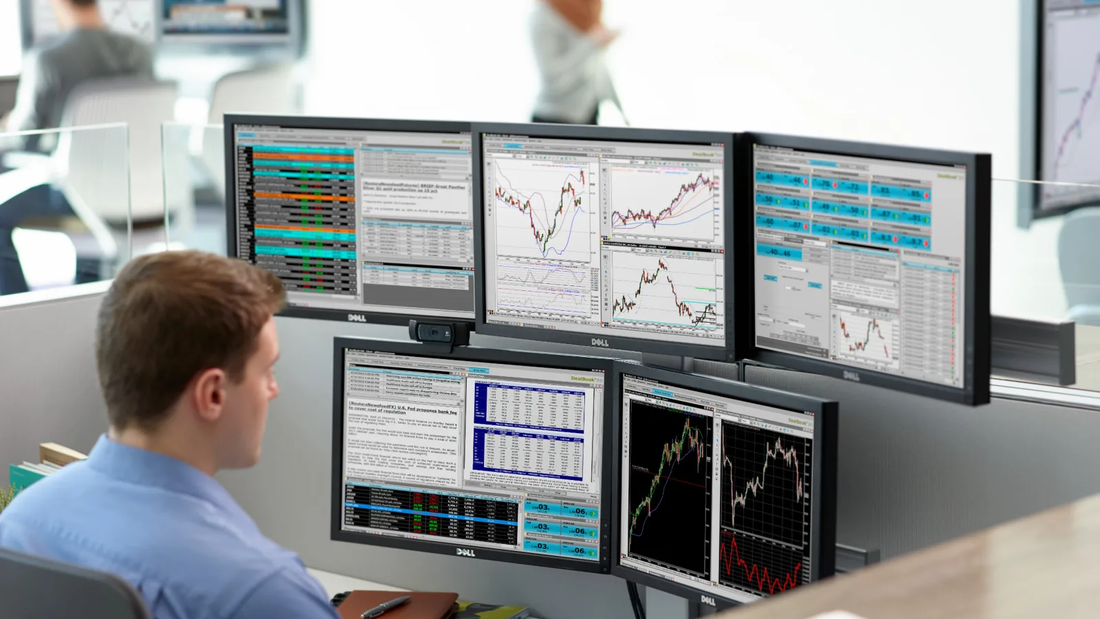Monitor Envy
But Samsung is taking ultra-wide monitors to the next level at the end of this month, when it releases the Odyssey Neo G9 ultra-wide monitor to its already established G9 UW monitor series. While the details of this monitor have not been revealed yet, based on what we have seen so far, and Samsung’s desire to stay ahead of the competition, we expect this will be Samsung’s first mini-LED/Quantum Dot gaming monitor. The G9 series already uses a curved QD enhanced LCD display (up to 49”) that has a 9:32 aspect ratio that is necessary for gaming, a 5,120 x 1,440 resolution, a 240Hz. refresh rate, and a typical brightness of 420 nits, but as we have noted before, the LED backlight system needed to operate an LCD display can cause a ‘bloom’ effect that comes from LED light leaking into dark areas or a lack of contrast in lighter areas.
In order to better manage backlighting, which is the basis for all LCD displays, the industry has been moving from what were originally a relatively small number of LEDs arranged around the edge of the display, to an array of LEDs arranged in ‘strings’ that can be more precise in matching the lighting characteristics of an image. That said, in such displays the ‘strings’ are actually groups of LEDs that operate as one (comprising a ‘zone’) which means they could span areas of an image that contain both dark and light content, which causes the effects mentioned above. To give the monitor or TV more contrast (the difference between the blackest black and the whitest white), backlight designers came up with Mini-LED backlighting which is an array of a large number of smaller LEDs. By reducing the size of the ‘strings’ and increasing the number of ‘zones’ using mini-LEDs, TV set and monitor designers have increased the granularity of the backlight, which reduces ‘bloom’ and increases contrast.
As we have previously noted, TV brands have already begun to offer mini-LED backlit sets, with offerings from Samsung Electronics (005930.KS), LG Electronics (066570.KS), and TCL (000100.CH), but in the monitor world, even the higher spec gaming segment, there are only a few monitors that have high zone count backlights, and none call themselves ‘mini-LED’ monitors, making the Samsung G9 Neo sort of the first of its kind (if we are correct). Two of Samsung’s UW competitors are the ASUS (2357.TT) ROG Swift PG27, which boasts a 27” curved QD enhanced LCD display (3840 x 2160) with 384 zones and a 144 Hz refresh rate, and the ACER (2353.TT) Predator X35, a 35” QD enhanced LCD display (3440 x 1440) with 512 zones and a 200 Hz refresh rate, both of which have a typical brightness of 600 nits.
Samsung’s existing G49 UW monitor, while it has a 240 Hz refresh rate, its typical brightness is 420 nits, which means it is less bright than the competition. But not only will the use of mini-LEDs allow higher BLU granularity as such backlight arrays are set-up to have more precise control over the much larger number of LEDs, the cumulative effect of a larger number of controllable LEDs across the display should also increase the average brightness. Of course, along with all of these benefits, there are some drawbacks. Driving this type of display will be limited to very high-end video cards and the complexity of mini-LED backlights will certainly increase the cost of such units, but the migration of mini-LEDs into monitors is a significant step in the evolution of mini-LEDs and LCD technology. If we are right about Samsung’s upcoming Odyssey Neo G9 monitor, it will be closely examined by gamers, and if it performs the way we expect, it should reset the bar for UW high-end gaming monitors and open another market for mini-LEDs.

 RSS Feed
RSS Feed